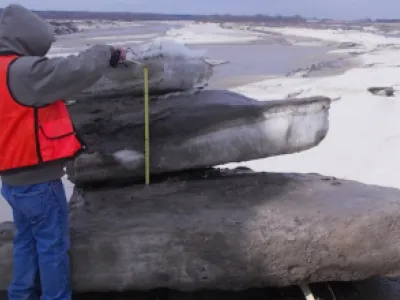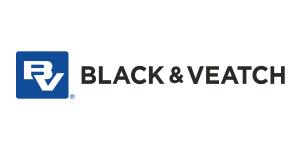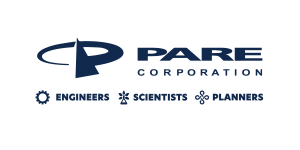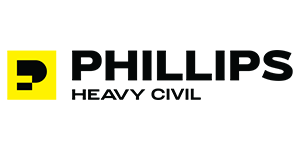Sliplining Low-Level Conduits
Join us on April 11, from 12:00 PM - 2:00 PM Eastern for Sliplining Low-Level Conduits. This webinar will focus on planning, investigation, design, and construction considerations associated with the abandonment of low-level conduits through earthen embankment dams. In addition, the course will include planning, investigation, design, and construction considerations for the sliplining of low-level conduits. Methods for evaluating and diagnosing the condition of existing conduits will be discussed. The course will include a review of technical guidance developed by FEMA, including FEMA 484 – Technical Manual: Conduits through Embankment Dams and FEMA 675 – Technical Manual Plastic Pipe Used in Embankment Dams. Best practices associated with selecting and installing the appropriate carrier pipe and grout, as well as case studies of projects where design guidance has been applied will be presented.
Learning objectives attendees will receive from this course:
- A brief review of the design of conduits through embankment dams.
- Reasons why an existing conduit through an embankment dam may need to be abandoned or sliplined.
- Procedures for evaluating the condition of an existing conduit through an embankment dam.
- An introduction to FEMA 484 and FEMA 675 as the basis for developing design documents and construction procedures to address deficiencies with conduits through embankment dams.
- Selection of carrier pipes to repair deficient conduits through dams, based on loading conditions and other project goals.
- A discussion on grout mix design and installation.
Registration Fees:
- Member Rate: $99
- Non-Member Rate: $130 - Join ASDSO before registering and save!
PDHs Available:
- This course qualifies for 2 PDHs.




































